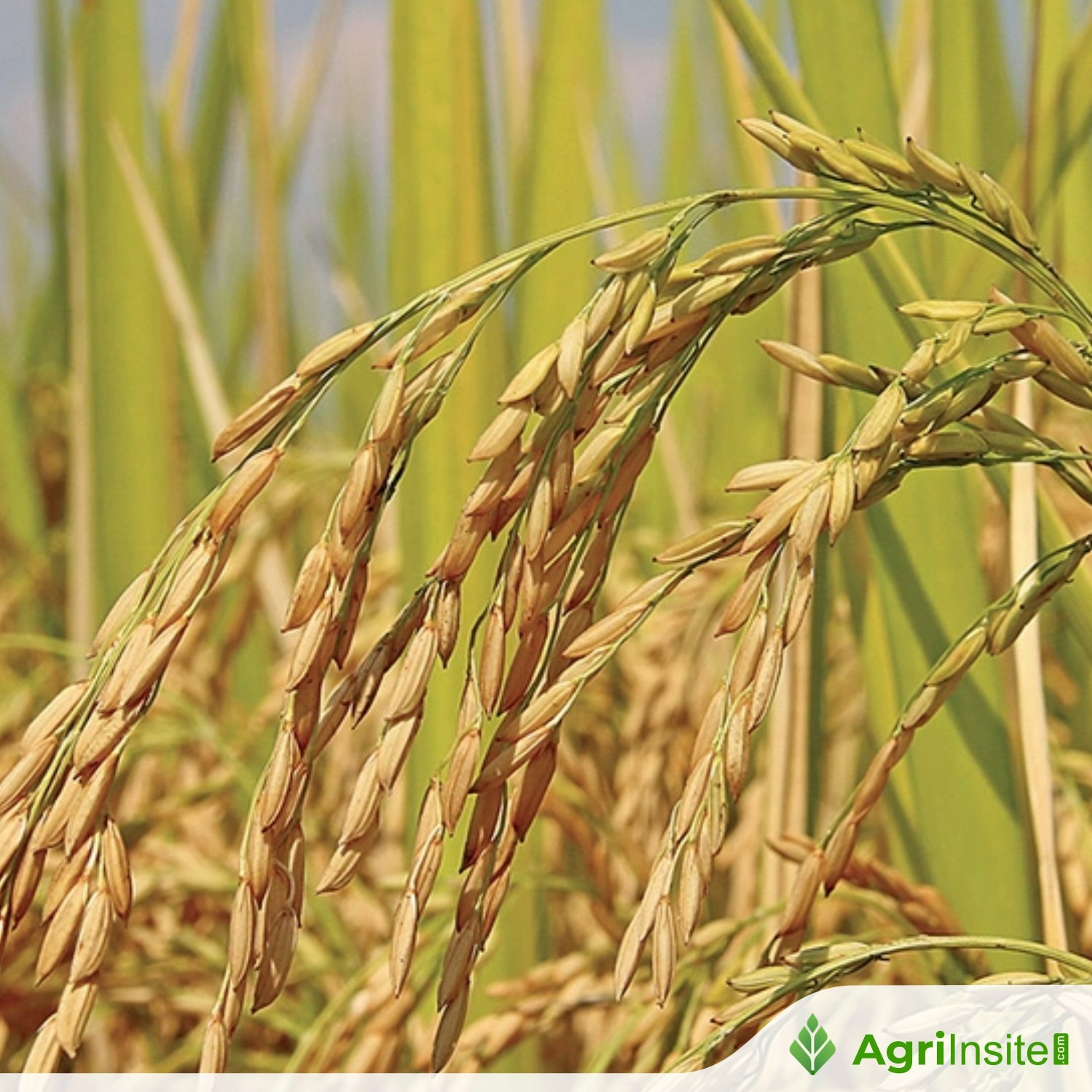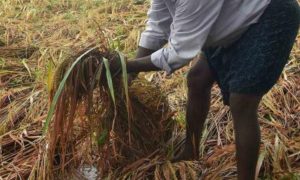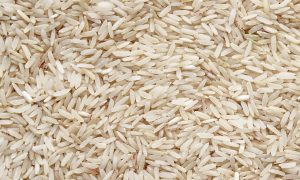Scientists create first ‘pangenome’ of Asian rice

Scientists have created the first-ever rice pangenome, combining DNA from 144 wild and cultivated rice varieties. This genetic breakthrough can help develop resilient, climate-tolerant rice—critical as global warming threatens yields and boosts arsenic uptake. With India producing a record 220 million tonnes of rice in 2024–25, the pangenome may play a key role in future-proofing the staple crop.
Scientists have assembled a first of its kind ‘pangenome’, a kind of reference genome, by stitching together key parts of genomes from 144 varieties of wild and cultivated varieties of rice from Asia. Much like the Human Genome Project in 2003 mapped genomes from a range of individuals, expressing the genetic diversity of the human species, the rice pangenome allows researchers to develop new rice cultivars and introduce new traits for disease-tolerance as well as resilience against climate shocks.
Rice is staple for nearly two-thirds of the globe. It is the primary crop grown in India over the monsoon months of June-September. In 2024-25, India produced a record 220 million tonnes of rice over 51,000 ha with an average yield of 4.2 tonnes/ha. Several studies over the years have warned that rising temperatures due to climate change would not only affect yields but also increase arsenic uptake among several rice varieties. India’s average temperature has increased by 0.7º C since 1901. 2024 was the hottest year on record, with the average minimum temperature 0.9º C above the long-term average.
To Read more about Rice News continue reading Agriinsite.com
Source : The Hindu















